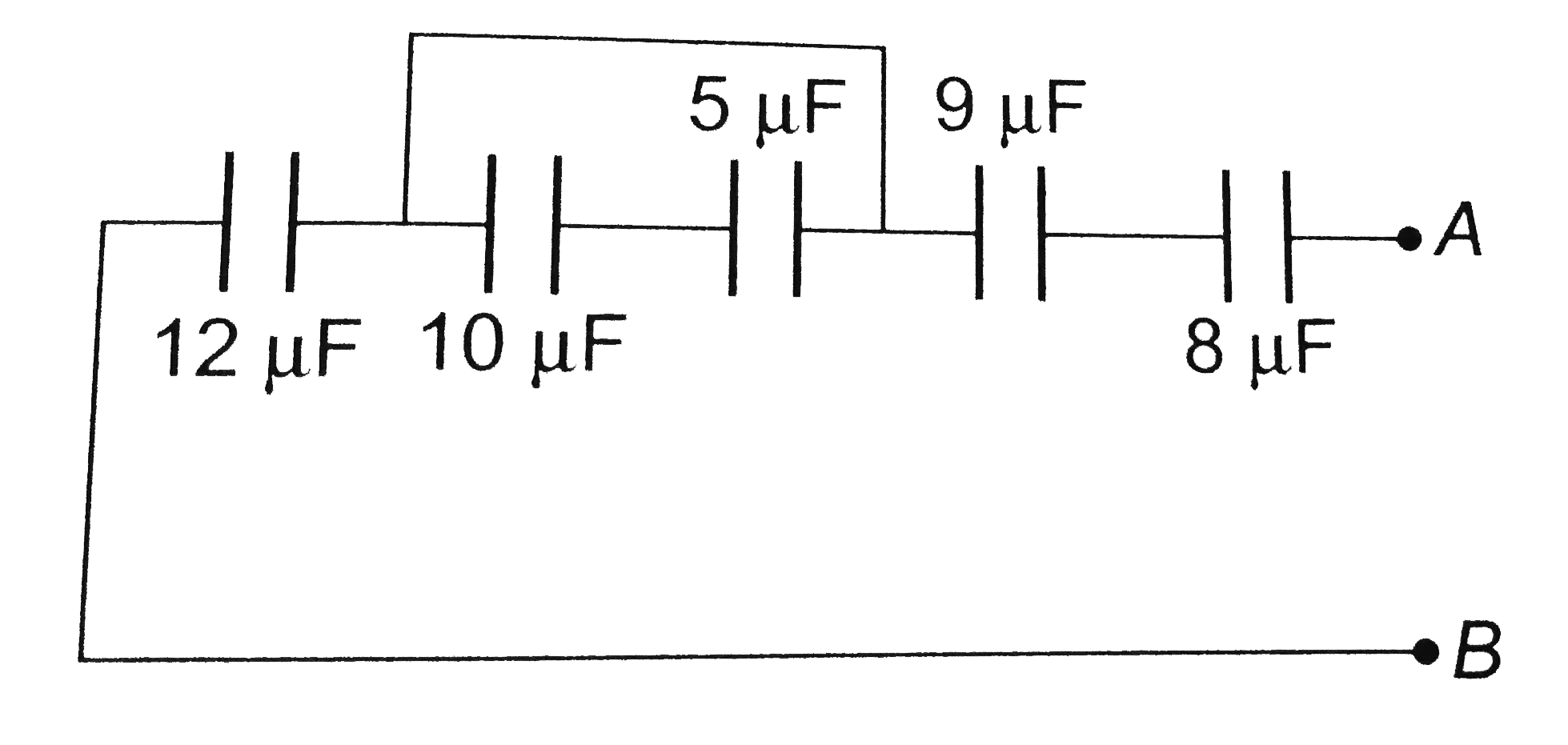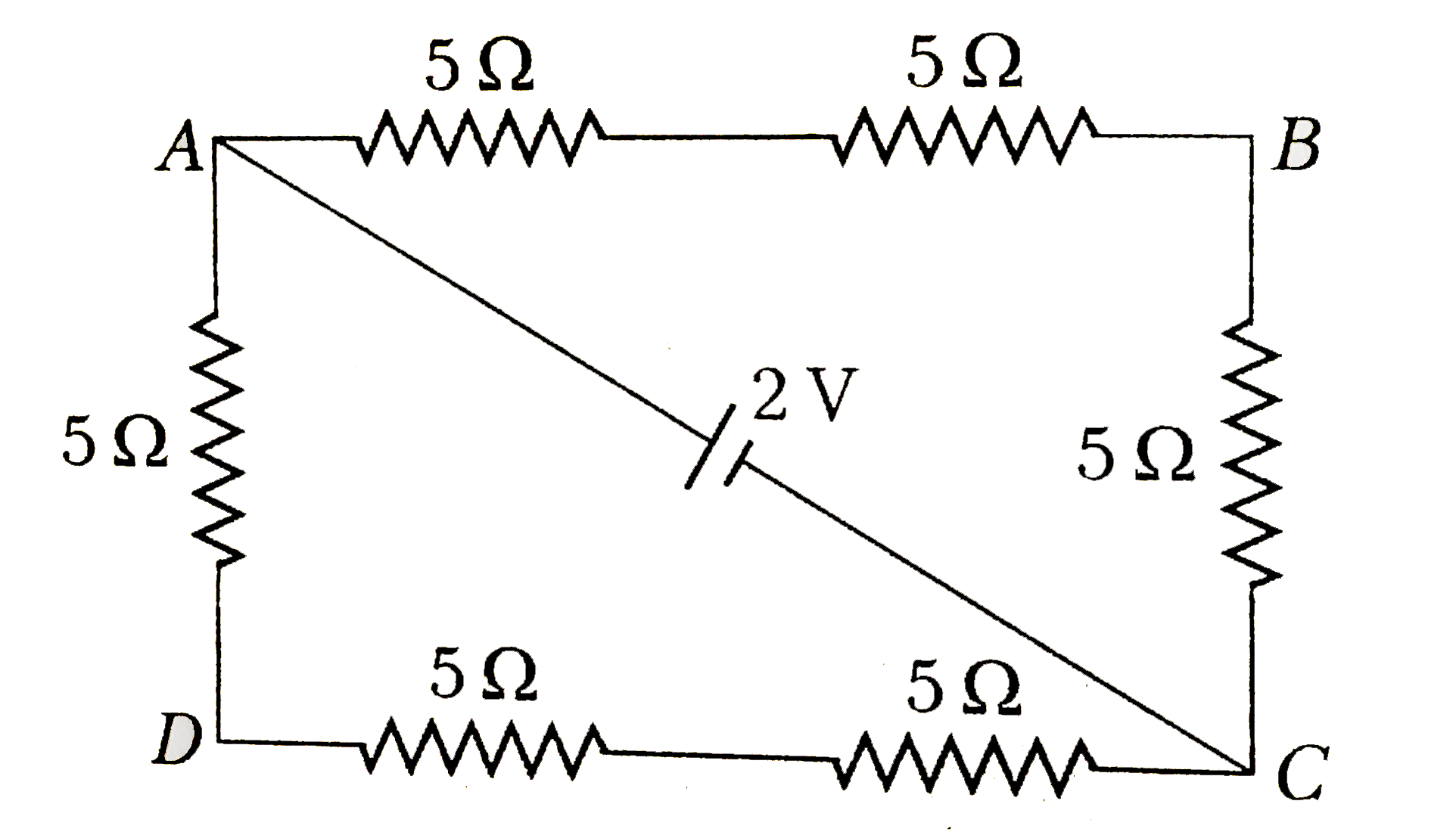The potential difference between points A and B is

30 V
60 V
10 V
90 V
The correct Answer is:C
Step by step video & image solution for The potential difference between points A and B is by Physics experts to help you in doubts & scoring excellent marks in Class 11 exams.
Updated on:21/07/2023Topper's Solved these Questions
- ELECTROSTATICSBOOK - DC PANDEY ENGLISHCHAPTER - ELECTROSTATICSEXERCISE - Comprehension
36 Videos
- ELECTROSTATICSBOOK - DC PANDEY ENGLISHCHAPTER - ELECTROSTATICSEXERCISE - Matrix Matching
2 Videos
- ELECTROSTATICSBOOK - DC PANDEY ENGLISHCHAPTER - ELECTROSTATICSEXERCISE - Integer
17 Videos
- ELASTICITYBOOK - DC PANDEY ENGLISHCHAPTER - ELASTICITYEXERCISE - Medical entrances s gallery
21 Videos
- EXPERIMENTSBOOK - DC PANDEY ENGLISHCHAPTER - EXPERIMENTSEXERCISE - Subjective
15 Videos
Similar Questions
The potential difference between points A and B, in a section of a circuit shown in

View SolutionThe potential difference between points A and B in the circuit shown in fig. 5.317 is 16V. Then

View SolutionThe capacities and connection of five capacitors are shown in the adjoining figure. The potential difference between the points A and B is 60 volts. Then the equivalent capacity between A and B and the charge on 5μF capacitance will be respectively

View SolutionThe potential difference between points A and B of the following figure is

View SolutionWhat is the potential difference between points A and B in the circuit shown?

View SolutionThe potential difference between the points A and B in the given circuit is

View SolutionThe diode shown in the circuit is a silicon diode. The potential difference between the points A and B will be

View SolutionThe potential difference between the points A and B in the following circuit shown in the figure:-

View SolutionThe potential difference between the points A and B in the circuit shown is 16 V, Which is/are the correct statement(s) out of the following?

View SolutionThe potential difference between the points A and B in the circuit shown is 16 V, Which is/are the correct statement(s) out of the following?

View Solution
